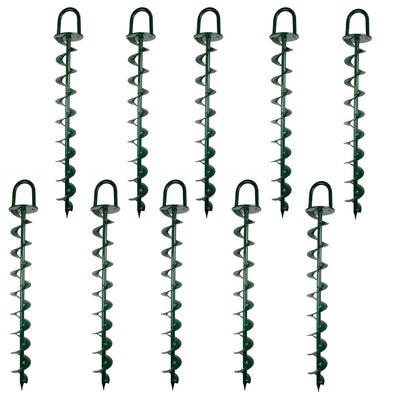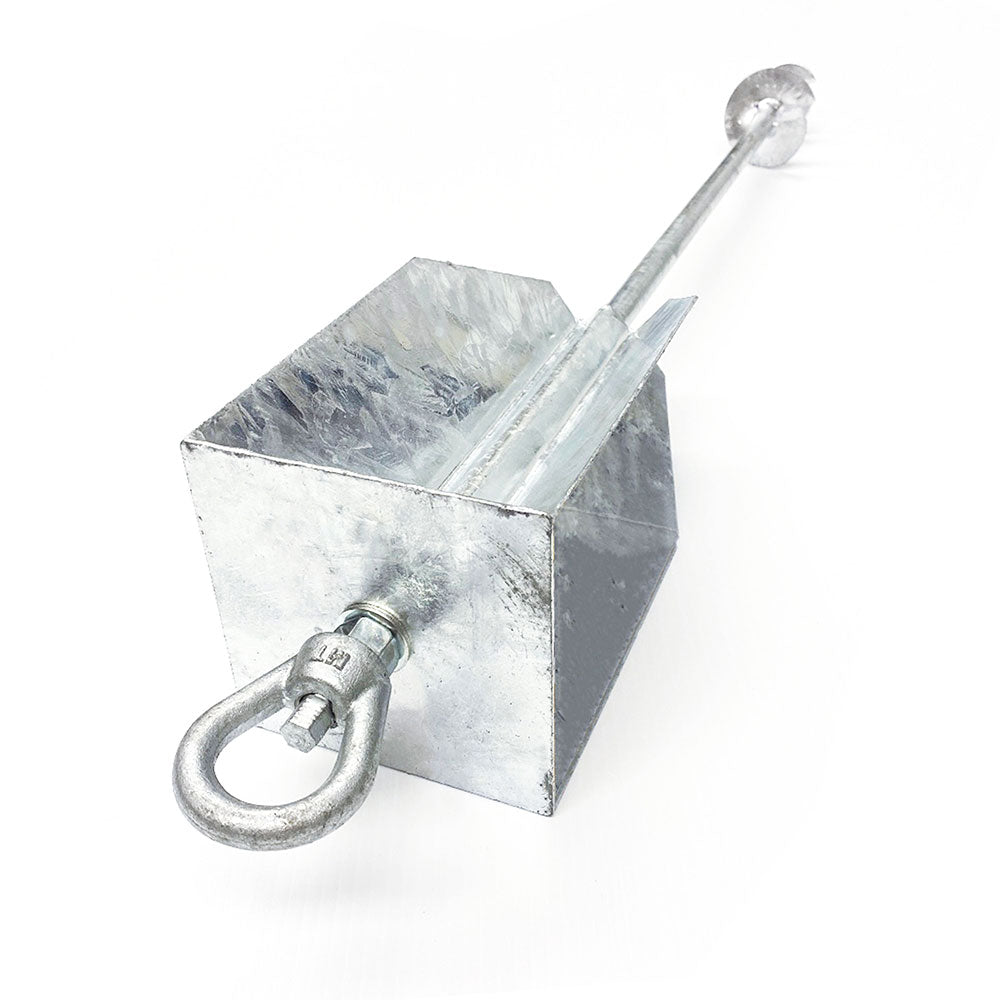Industry Professionals Share Insights on the Best Ground Anchor Solutions
Industry Professionals Share Insights on the Best Ground Anchor Solutions
Blog Article
Discover the Various Types of Ground Support for Your Following Task
From auger anchors, which excel in varied soil problems, to stake supports developed for temporary installments, the alternatives are countless. In addition, concrete and screw supports present distinct advantages in particular circumstances, while deadman anchors are customized for applications requiring resistance to side forces.

Auger Anchors
Auger supports are a prominent selection in different construction and landscape design jobs as a result of their distinct style and reliable securing capabilities. These anchors include a helical screw-like shaft that is driven into the ground, permitting a steady and safe and secure hold. The spiral style facilitates easy installment and takes full advantage of resistance against lateral forces, making auger supports particularly reliable in applications such as secure fencing, temporary structures, and disintegration control.
The installation procedure of auger anchors is relatively uncomplicated. Auger supports can be easily eliminated and reused, which includes to their cost-effectiveness and sustainability.
Among the substantial advantages of auger supports is their ability to distribute loads uniformly across the bordering soil, minimizing the danger of soil disturbance and lessening environmental effect. In addition, they are much less susceptible to heaving or loosening in time compared to traditional securing methods. Auger supports are an excellent option for jobs calling for trustworthy and durable anchoring services.

Risk Anchors
When it concerns securing structures in a range of exterior applications, risk anchors supply a straightforward and reputable service. These anchors are normally constructed from resilient materials such as steel or light weight aluminum, developed to hold up against environmental tensions while providing optimum stability. Their basic style permits for quick installation, making them an excellent choice for long-term or short-lived anchoring demands.
Risk supports are especially useful in securing tents, covers, and various other lightweight frameworks against wind and weather. They function by being driven right into the ground at an angle, producing a strong hold that withstands pull-out forces - Ground Anchor. The performance of risk supports depends on numerous aspects, including dirt type, moisture material, and the angle of installation
For included safety, numerous risk anchors come with add-on factors for ropes or bands, enabling tension modifications as required. In applications such as landscape design or building and construction, they can properly maintain equipment or frameworks on irregular surface. On the whole, risk supports provide a economical and functional remedy for safeguarding different outdoor setups, making them a recommended selection for specialists and do it yourself enthusiasts alike.
Concrete Anchors
Concrete anchors give a durable service for protecting structures to concrete surface areas, making sure security and safety in various applications. These supports are crucial for tasks ranging from domestic building and constructions to large industrial installations. They are available in various types, including development anchors, adhesive anchors, and undercut supports, each designed for particular lots demands and ecological problems.
Glue supports make use of high-strength epoxy or material to bond the support to the concrete, supplying superior load-bearing capacities, particularly in broken concrete situations. Undercut supports produce a special form within the concrete, supplying remarkable holding power, especially in applications where tensile lots are prevalent.
Selecting the appropriate concrete anchor includes considering factors such as the weight of the tons, the problem of the concrete, and ecological problems. Appropriate installation methods are vital to make sure optimal performance and dependability. When implemented properly, concrete anchors substantially enhance the structural integrity of various jobs, making them vital in contemporary construction practices. Recognizing the details needs of your project will certainly find out aid in picking the right kind of concrete anchor for the task.
Screw Anchors

Screw supports are a versatile attaching remedy that can be effectively employed in a selection of applications where typical concrete supports may not be enough. These anchors contain a helical style that enables them to be easily driven right into the ground, making them ideal visit this page for usage in dirt and various other substratums. Their special structure offers outstanding holding power and resistance to pull-out forces, making them ideal for many jobs, from landscape design to architectural assistance.
One of the key advantages of screw anchors is their simplicity of installment. They call for marginal tools and can usually be installed without the need for excavation, which saves both time and labor prices. Furthermore, screw supports can be removed and recycled, using a lasting option for momentary applications.
Screw supports are specifically beneficial in areas where dirt problems are challenging, such as loose or sandy dirts. Their ability to be mounted at differing depths enables for modification based upon certain project demands. In general, screw supports offer a reliable and efficient anchoring method, making over at this website them an outstanding choice for service providers and designers looking for efficient services for their projects.
Deadman Anchors
Deadman supports offer as a robust remedy for maintaining frameworks in challenging conditions, especially where traditional anchoring techniques might fail. These anchors are composed of big, hefty things hidden underground, which develop resistance against lateral forces. The style typically involves a straight part, such as a block of concrete or a steel plate, buried in the dirt, to which bands or cords are affixed.
The performance of deadman supports depends on their capacity to distribute loads over a larger location, minimizing the risk of failure in unsteady soil conditions. They are especially beneficial in applications such as preserving wall surfaces, short-lived structures, and slope stabilization, where dirt motion can compromise the honesty of the structure.
Setup of deadman anchors calls for mindful planning to ensure they are placed at the correct deepness and orientation, maximizing their load-bearing capability. While they might need more labor and material than lightweight anchors, their dependability in adverse problems makes them important for lasting projects. Furthermore, deadman supports are functional and can be adjusted to different applications, making them a best option for designers facing unique difficulties in their jobs.
Final Thought
Auger anchors excel in diverse dirt conditions, while stake supports fit temporary applications. For concrete surfaces, development and adhesive supports provide reputable options, and screw supports provide convenience in tough surfaces.
Additionally, concrete and screw anchors existing special benefits in certain circumstances, while deadman anchors are tailored for applications requiring resistance to side pressures - Ground Anchor.Auger anchors are a prominent option in numerous building and construction and landscaping projects due to their special design and effective anchoring abilities. They come in different types, including growth supports, glue supports, and undercut anchors, each created for certain lots needs and ecological problems
Sticky anchors utilize high-strength epoxy or resin to bond the support to the concrete, supplying remarkable load-bearing capacities, especially in split concrete scenarios. In general, screw supports offer a reliable and reliable securing method, making them an excellent option for service providers and designers looking for efficient remedies for their jobs.
Report this page